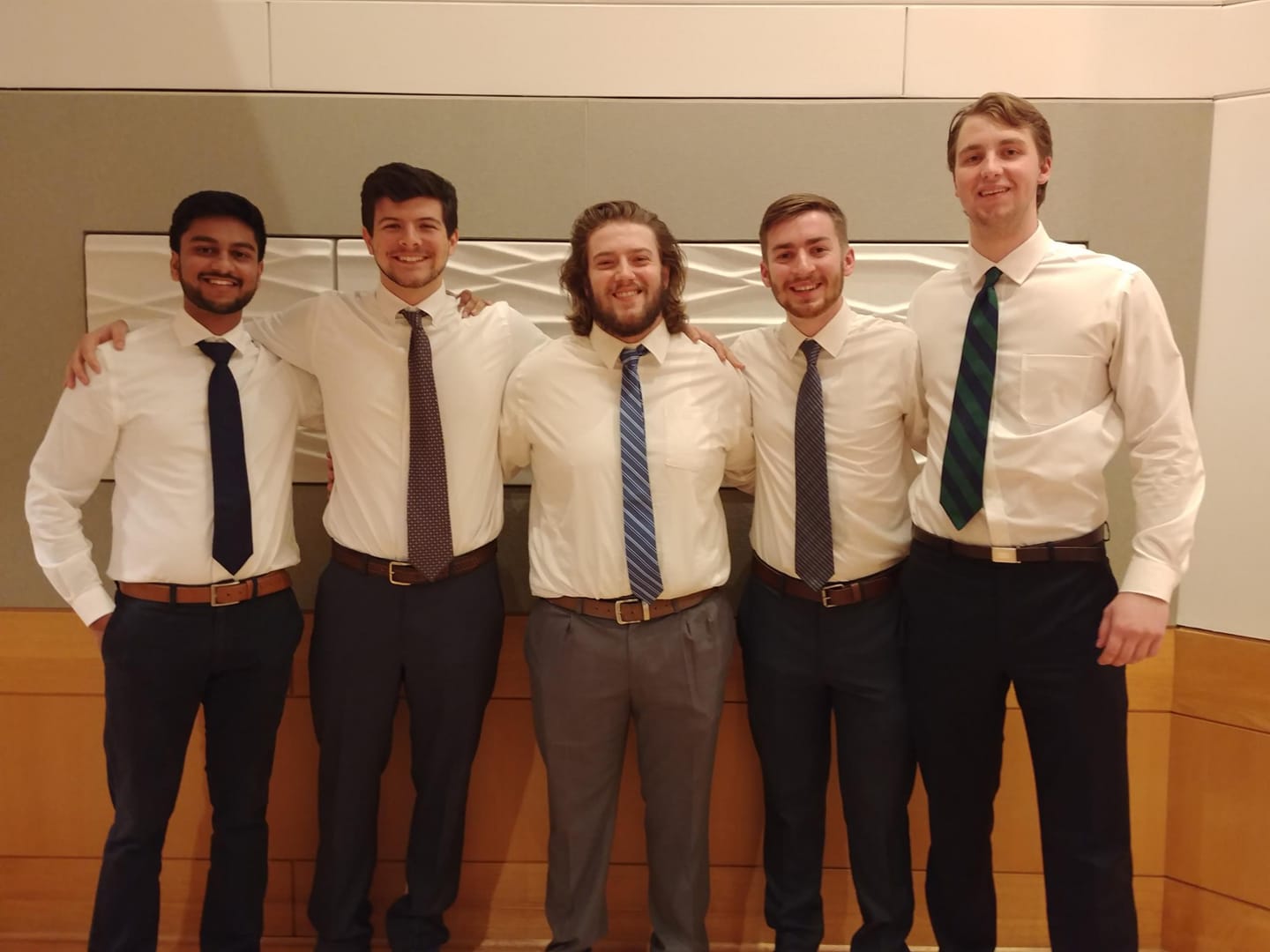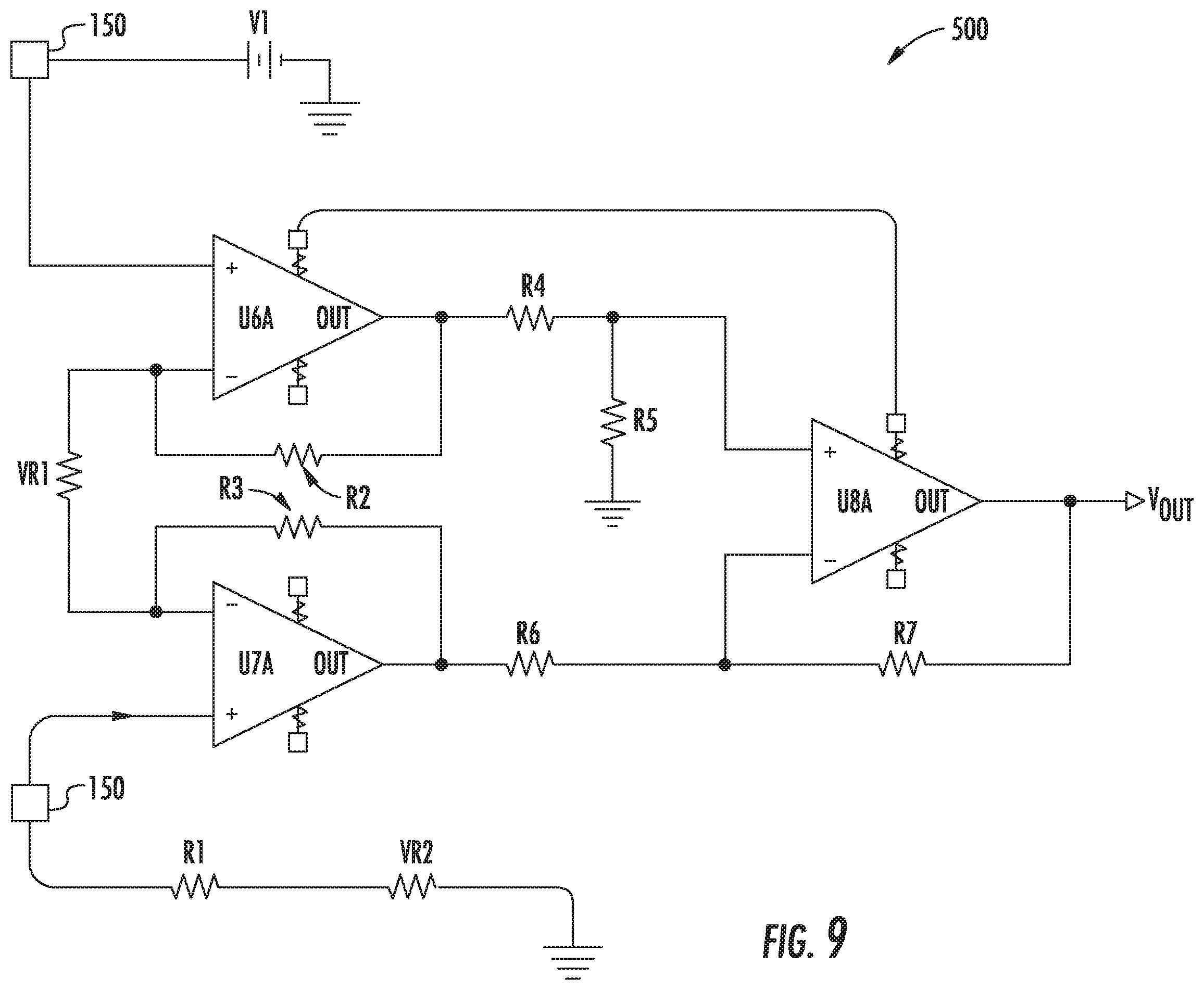written by Kathleen Clardy for Joint BME Communications
The senior design team, Trachmaster Solutions, was issued a patent this fall for a smart monitor developed to alert parents of tracheostomy patients when their child is in distress. The Joint Department of Biomedical Engineering design team includes the class of 2019 alumni Conrad Dear, Pavan Devarasetty, Ethan Trull, Sid Rogers and Ryan Hobbs. “From the first day we formed our senior design team, we were all very excited to be working with each other,” stated Pavan Devarasetty. “There were many interesting clinical problems we identified, but one that stood out most was one of our team member’s shadowing experiences in the PICU working with neonates who had tracheostomies.”
 Approximately 4,800 tracheostomies are performed annually on pediatric patients. Once a tracheostomy is performed, the child requires frequent monitoring by caregivers. “We were interested in the at-home care of these babies as they could not make any sounds like crying, resulting in many of the parents or at-home nurses needing to watch these babies 24/7,” said Devarasetty. This constant need for vigilance can be draining to a caregiver, especially since existing monitoring solutions may require extra personnel resources and can result in false alerts of distress.
Approximately 4,800 tracheostomies are performed annually on pediatric patients. Once a tracheostomy is performed, the child requires frequent monitoring by caregivers. “We were interested in the at-home care of these babies as they could not make any sounds like crying, resulting in many of the parents or at-home nurses needing to watch these babies 24/7,” said Devarasetty. This constant need for vigilance can be draining to a caregiver, especially since existing monitoring solutions may require extra personnel resources and can result in false alerts of distress.
Existing monitoring is typically done by multiple medical devices that were not originally designed to monitor tracheotomy pediatric patients, such as continuous positive airway pressure (CPAP) machines and pulse rate monitors. The team investigated the best approach to create a monitor to meet these needs by “creating surveys, researching forum pages, meeting with pediatric ENT surgeons and speaking to many of the parents to ask them all about their at-home care experience.” 
After their research, Trachmasters Solutions developed a design that includes a monitor with sensors that take multiple biometric readings such as heart rate, the electrical activity of skeletal muscles and sweat gland activity in response to emotional distress. “The most challenging part was creating a working prototype. We spent countless hours in a basement and the senior design lab perfecting our device design and forming a working prototype,” said Devarasetty. “We were lucky that our team had representation from all the concentrations of BME as each of us contributed an area of expertise in developing the idea.”
The design team was able to raise funds for their work by participating in the Joint Department’s i4 Competitions. The i4 Program is a focused initiative within the department that provides a process for students to pursue biomedical entrepreneurship. Winners of the competition receive support for intellectual property development in the hopes that it will lead to the formation of student-founded companies. When asked what the most rewarding part of bringing their idea to patent was, the team stated it was “hearing the astounding positive feedback from parents, ENT surgeons and home care nurses. It is honestly what motivated us to develop the idea even further after we all had graduated from the department.”
 “If you would like to go through the patent process, our biggest recommendation is to keep detailed notes in your engineering notebooks along with any other relevant market and design research,” Devarasetty advises. For undergraduates developing senior design projects, the team recommended that students “not be afraid to reach out to as many people as needed to learn the most you can about the problem you have identified.” They also suggested that students think of ideas outside of the traditional hospital setting.
“If you would like to go through the patent process, our biggest recommendation is to keep detailed notes in your engineering notebooks along with any other relevant market and design research,” Devarasetty advises. For undergraduates developing senior design projects, the team recommended that students “not be afraid to reach out to as many people as needed to learn the most you can about the problem you have identified.” They also suggested that students think of ideas outside of the traditional hospital setting.
Since graduation, two of the team members have been working within the biomedical engineering industry, one is working in medical research, and two others are graduating from medical school this year. “We have been meeting with some key industry contacts regarding our device, and we hope to continue to innovate more in the future.”
A link to Trachmasters Solutions’ patent can be found here.


